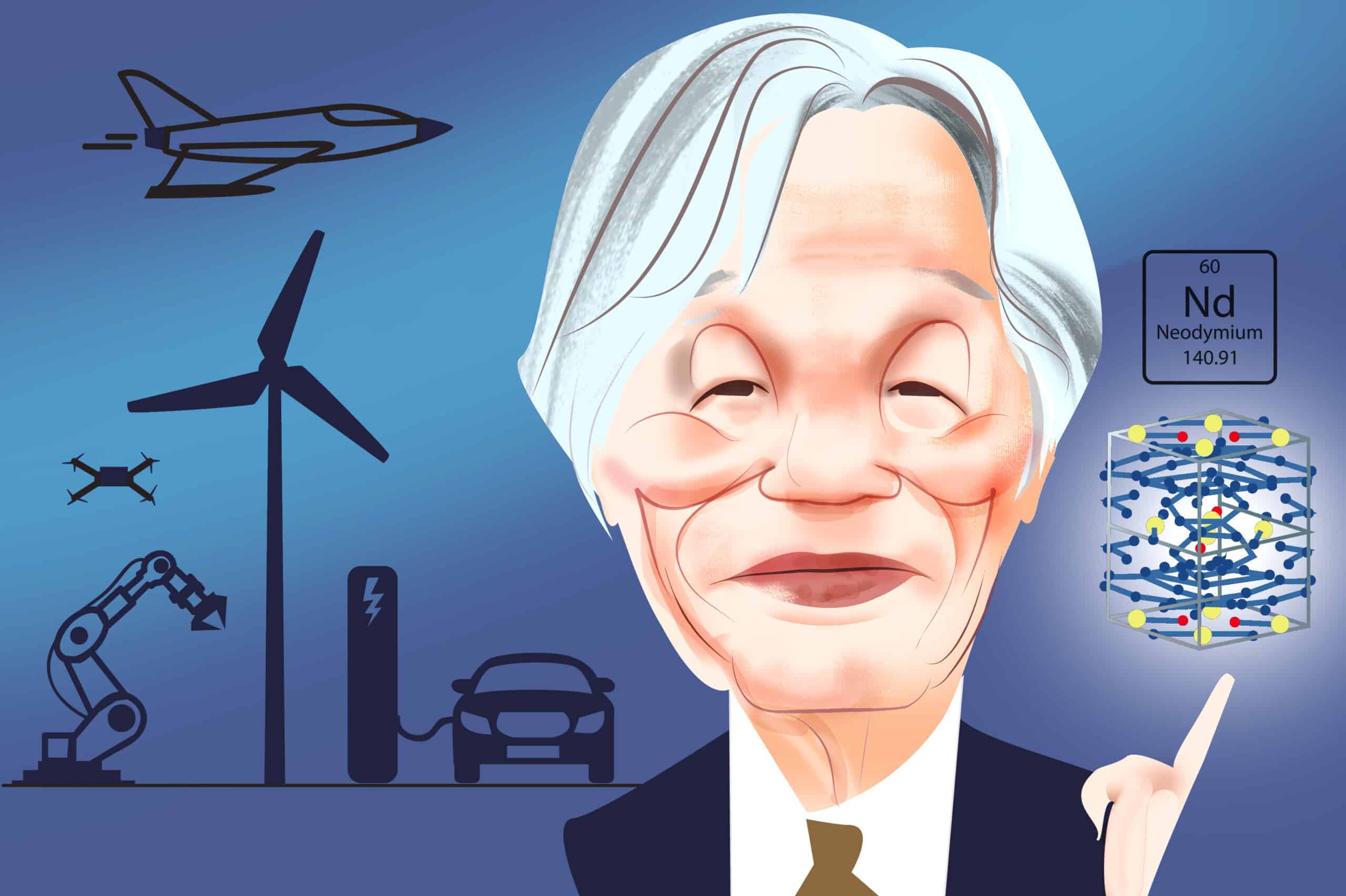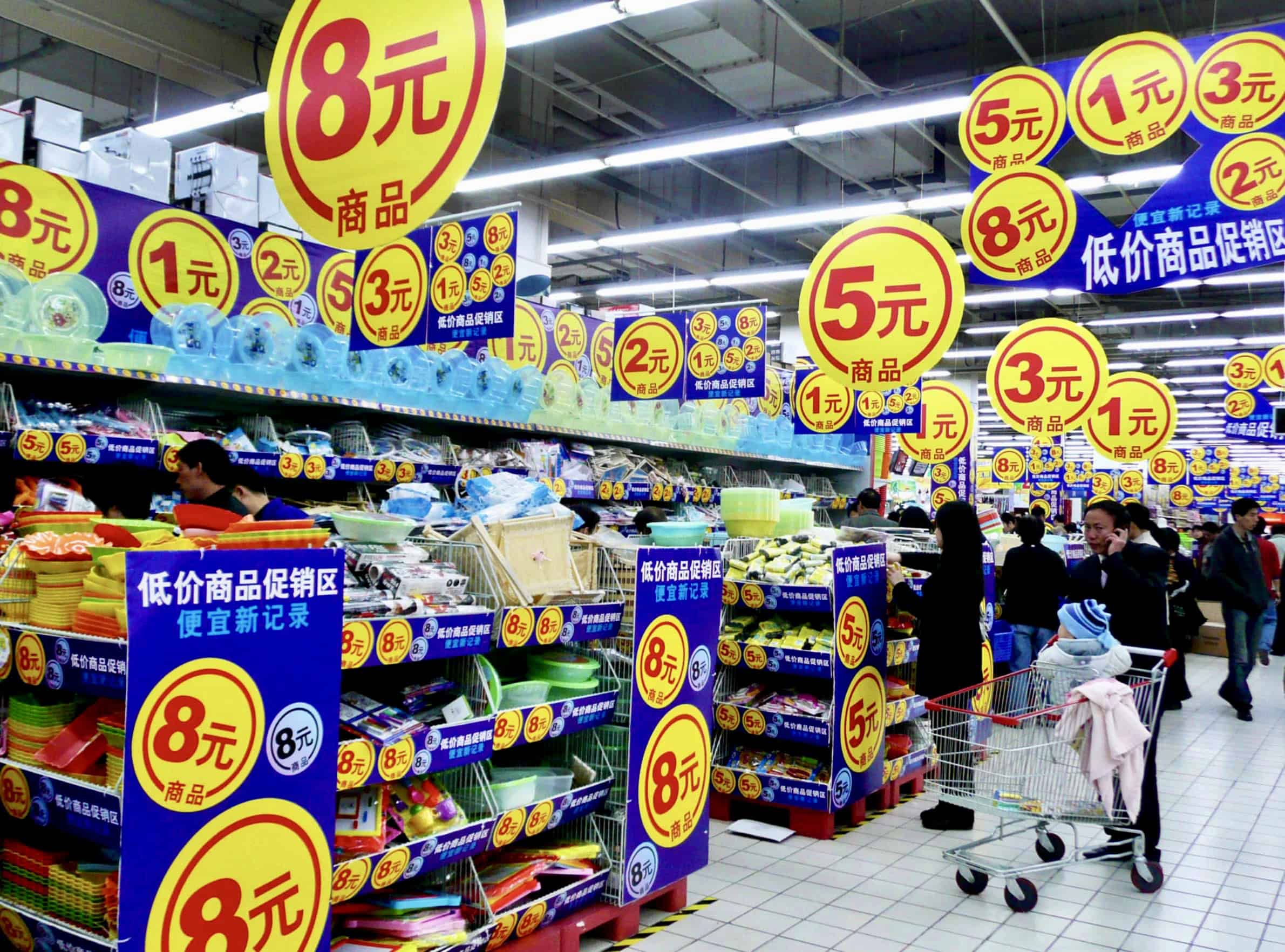Zongyuan Zoe Liu is the Maurice R. Greenberg Fellow for China studies at the Council on Foreign Relations, where she specializes in Chinese studies with a focus on international political economy. Her new book, Sovereign Funds: How the Communist Party of China Finances its Global Ambitions, explores the history and impact of the enormous investment funds China has set up over the last two decades in order to utilize its huge pile of foreign exchange reserves. In the following lightly edited inte
Navigate China's Business Landscape with Confidence.
- Gain visibility into supplier risks
- Easily manage trade compliance
- Conduct in-depth due diligence



